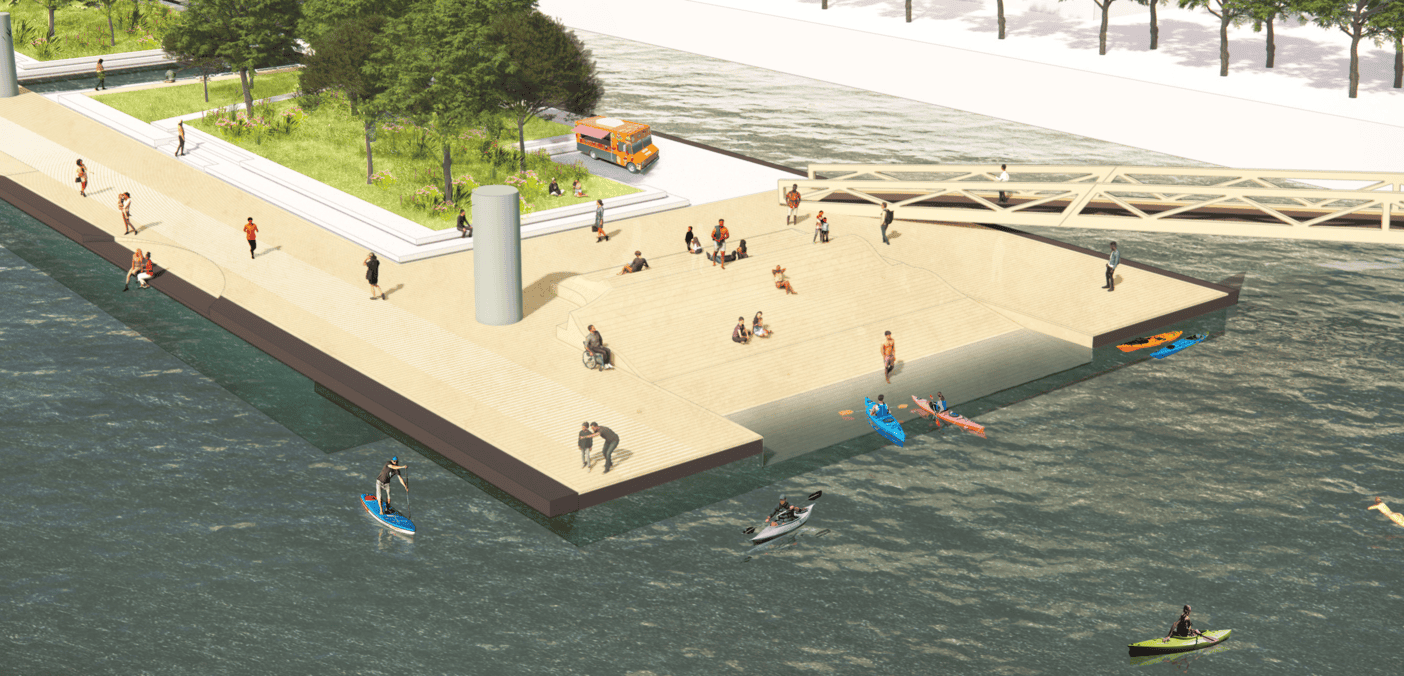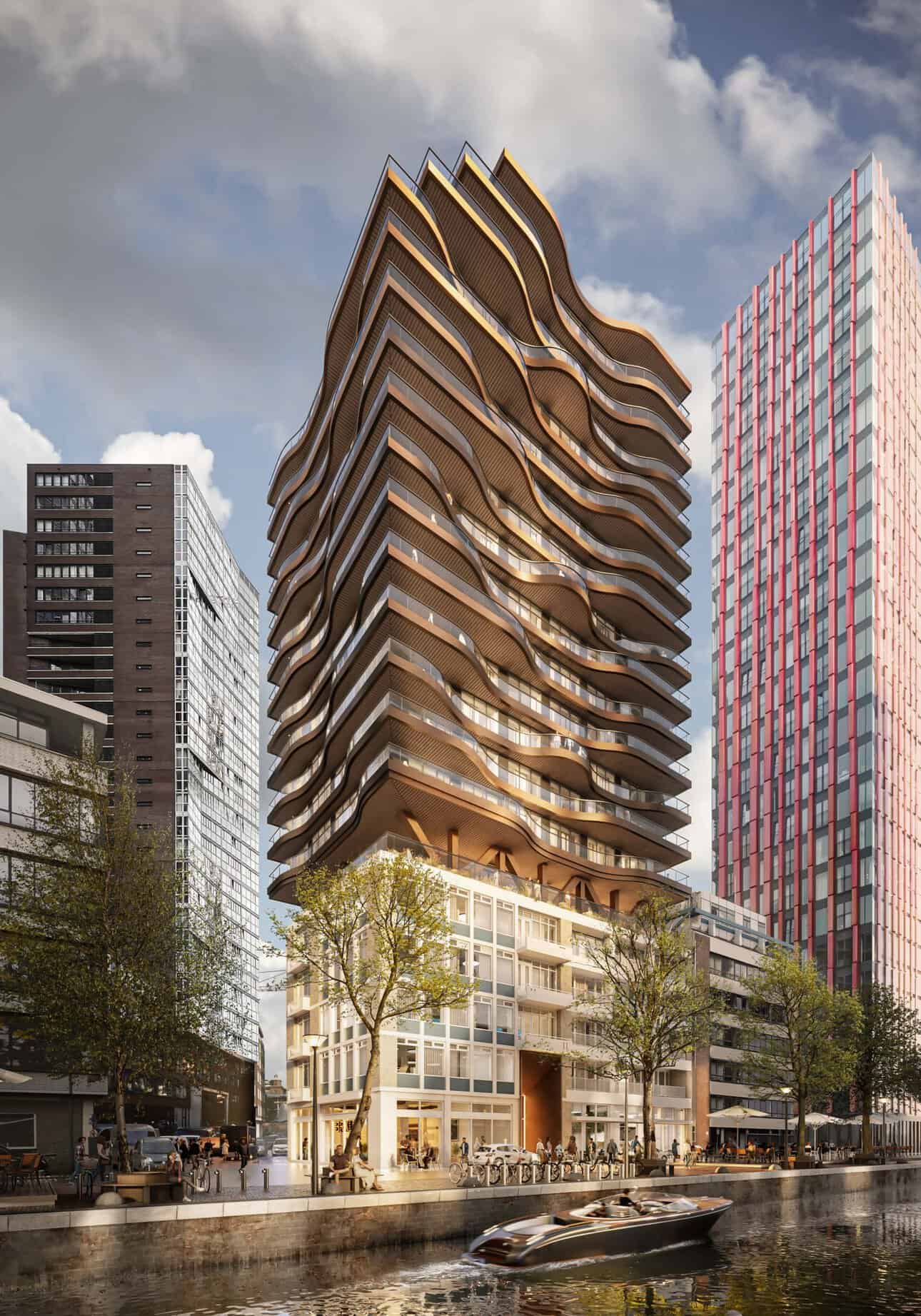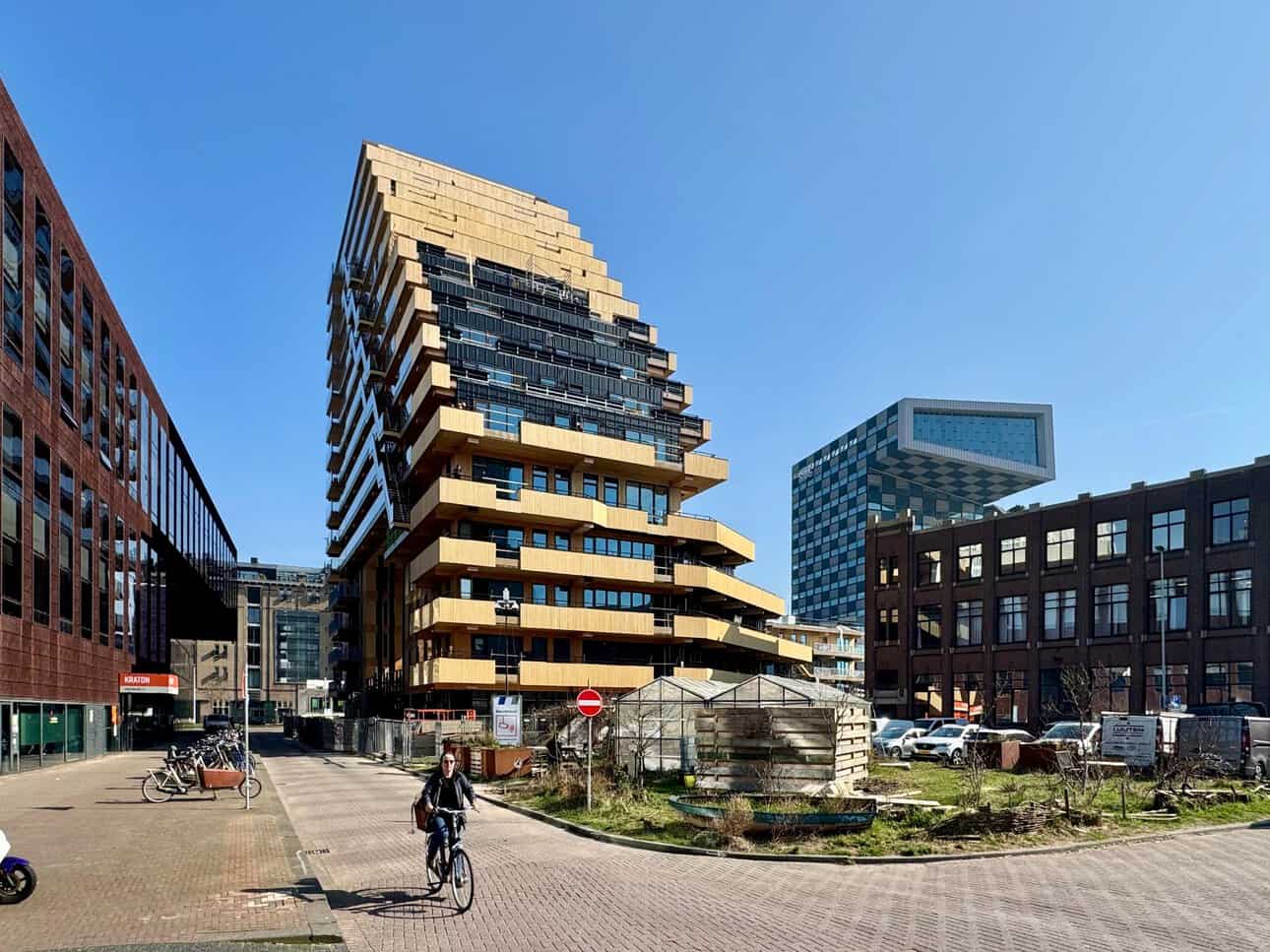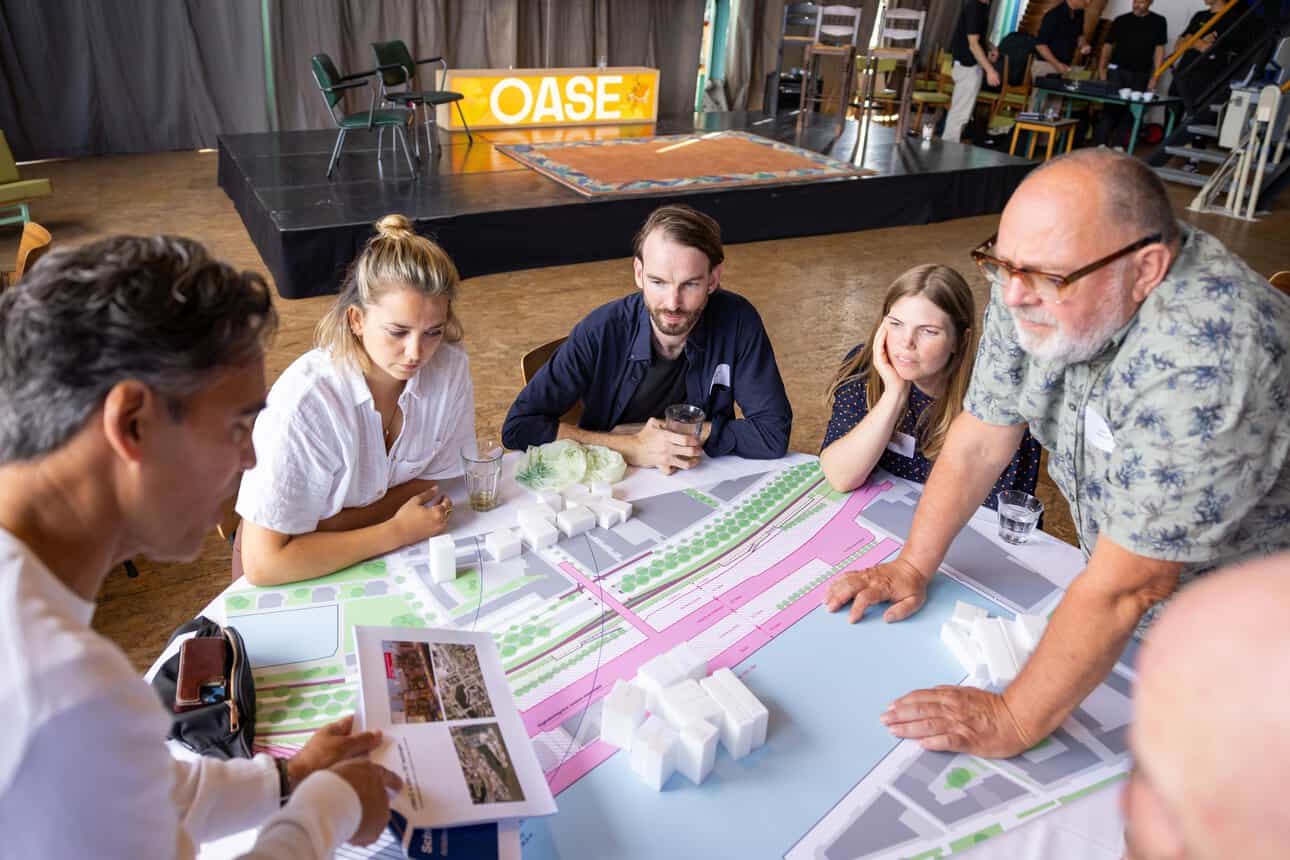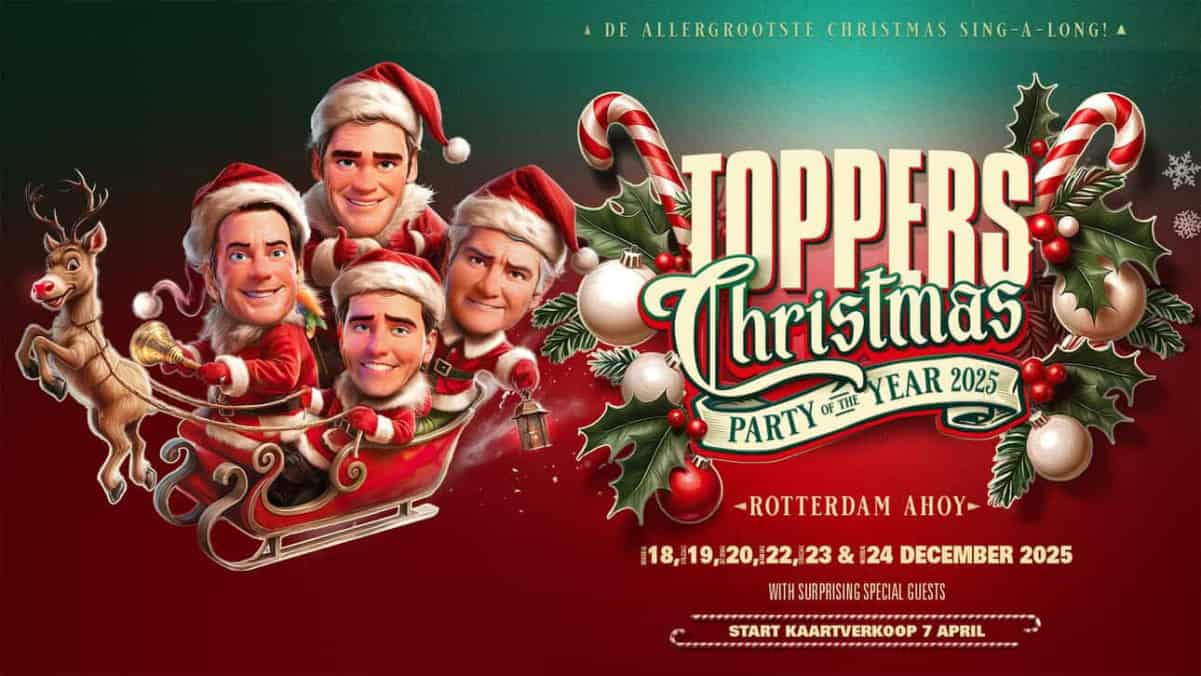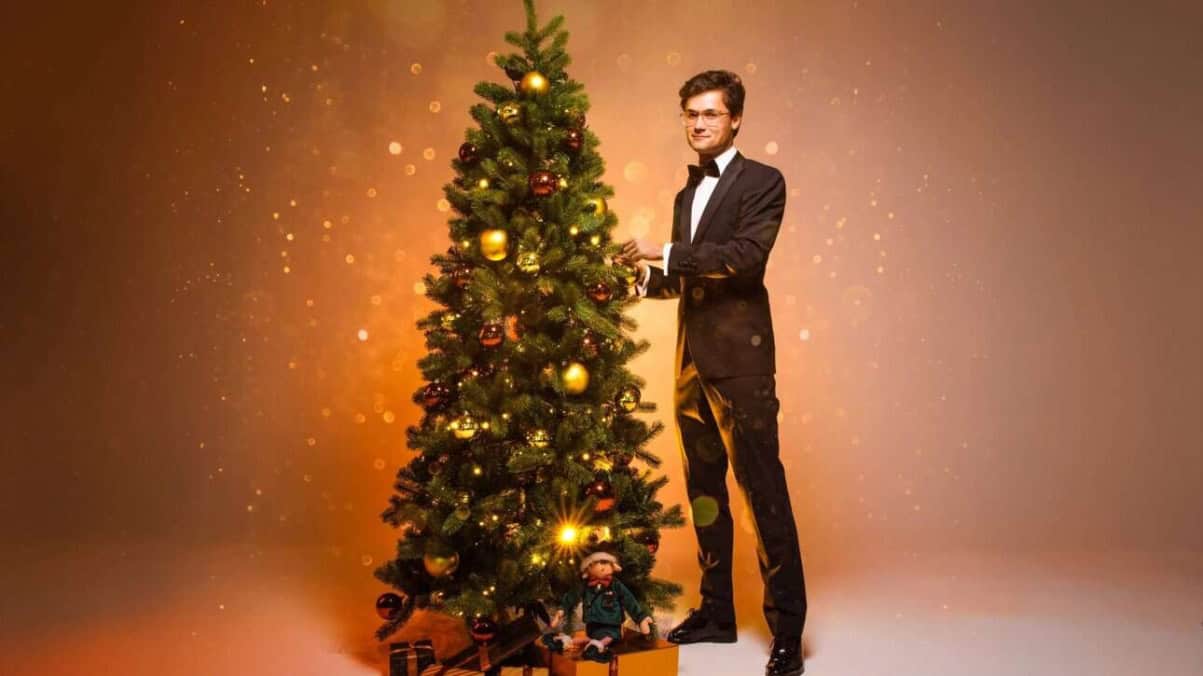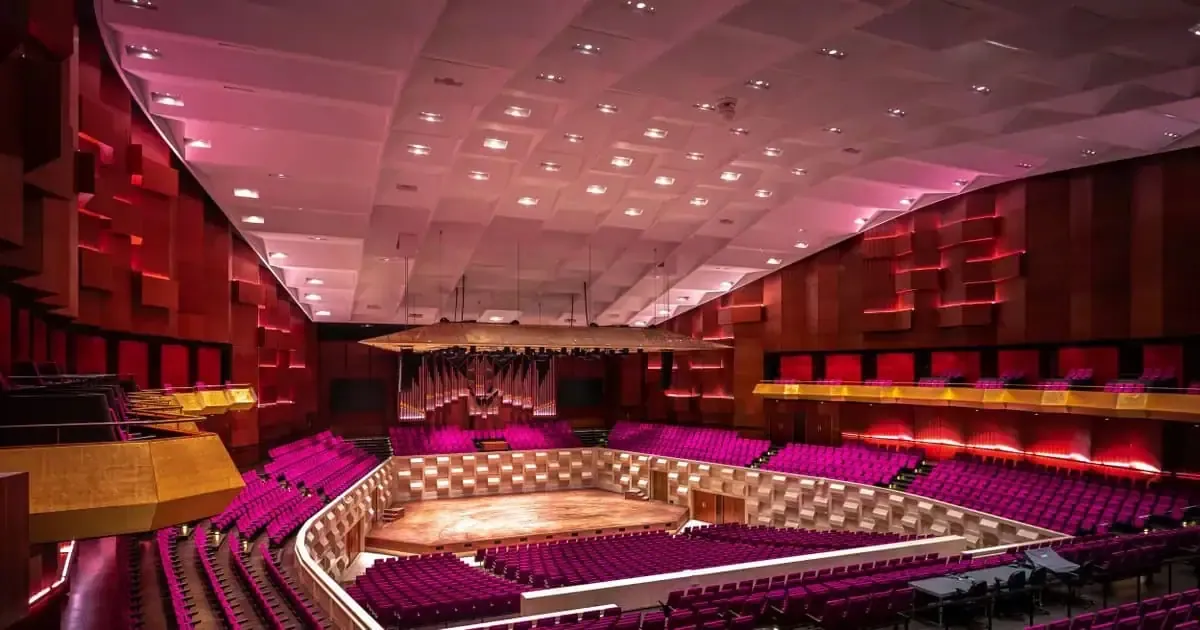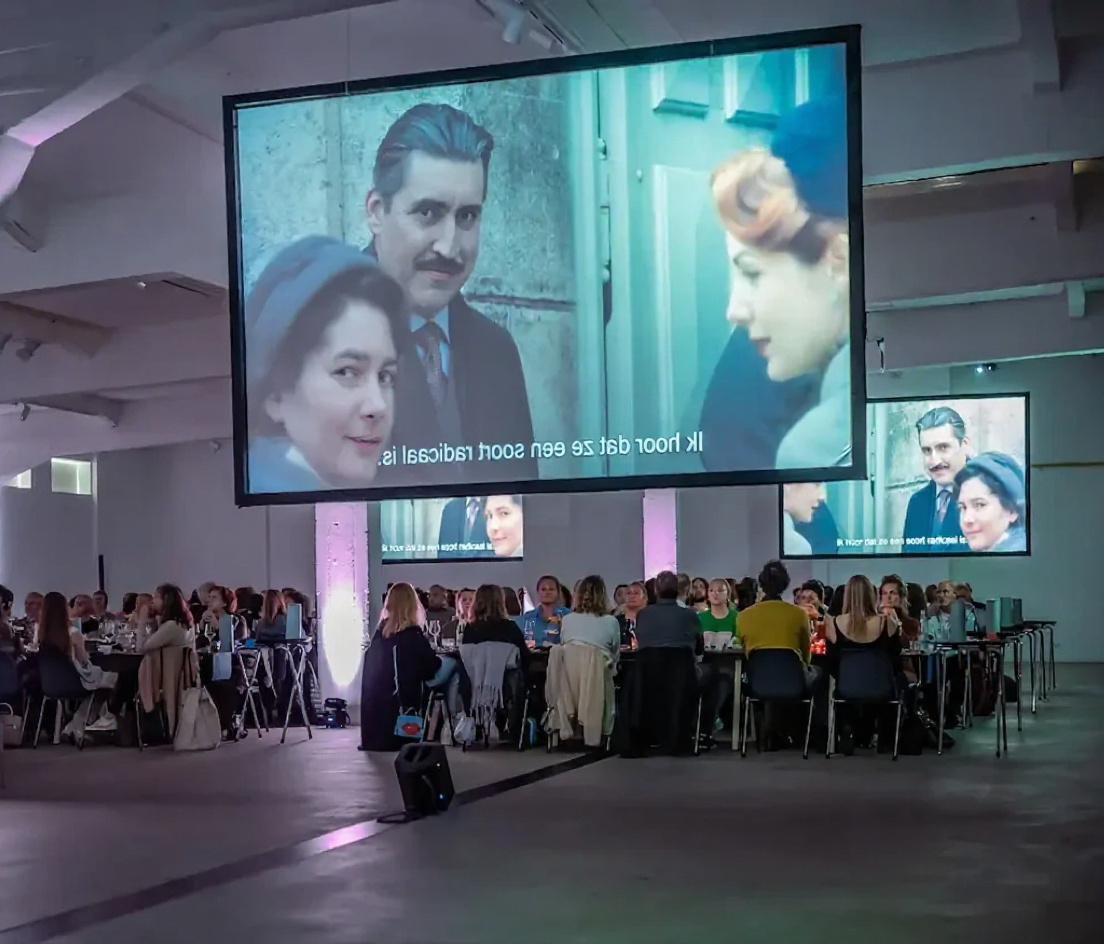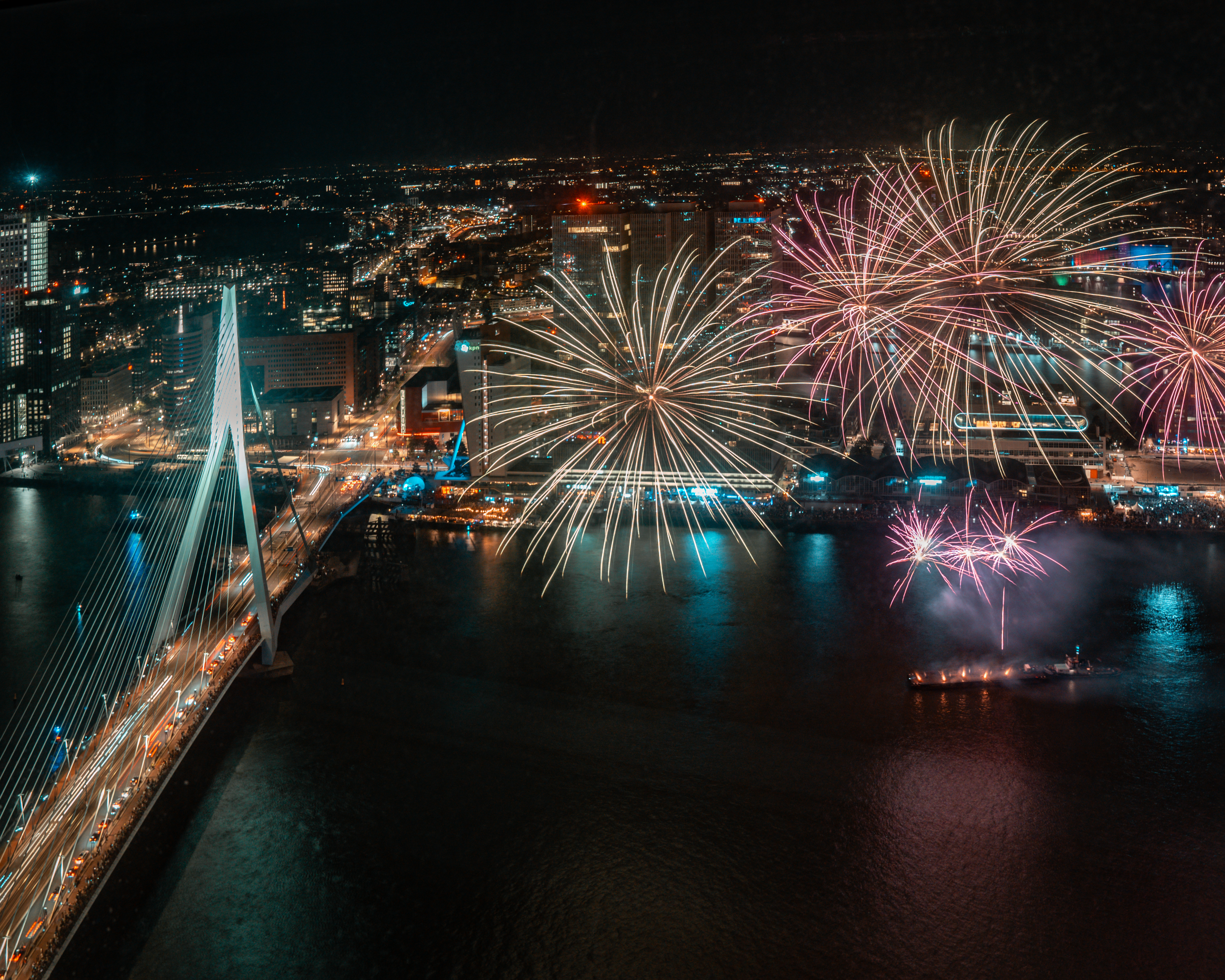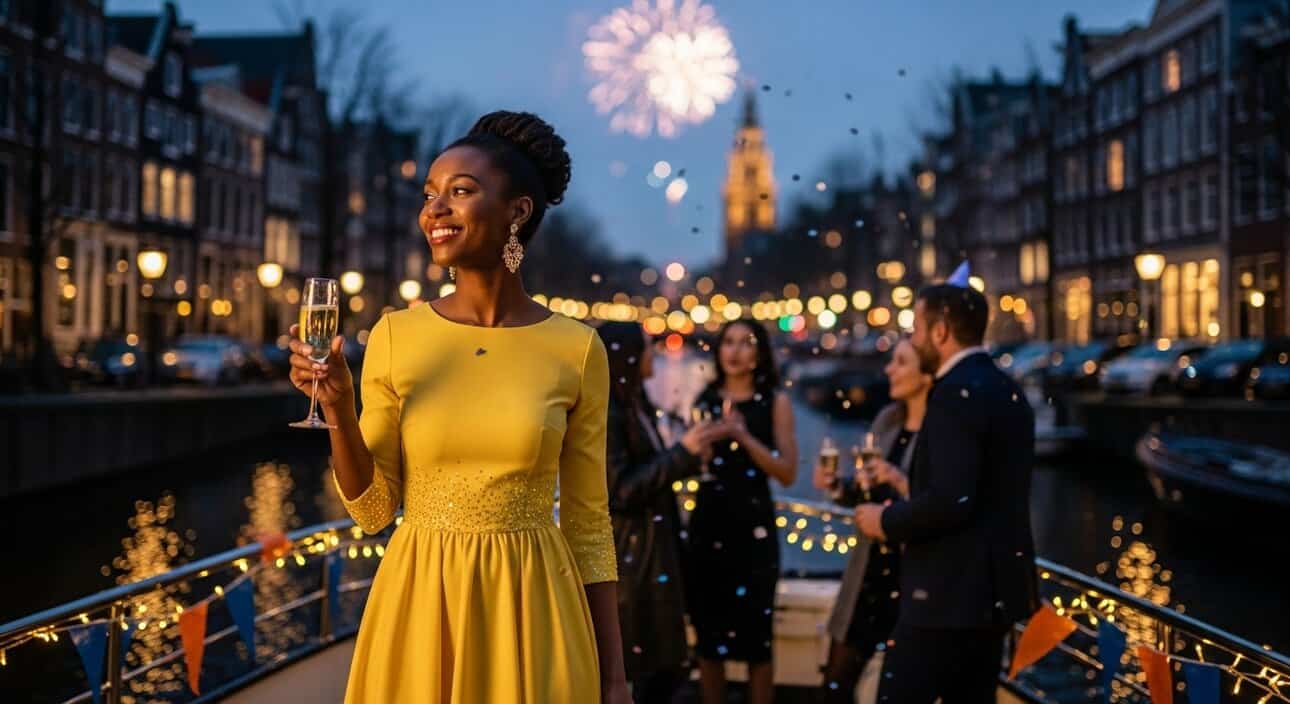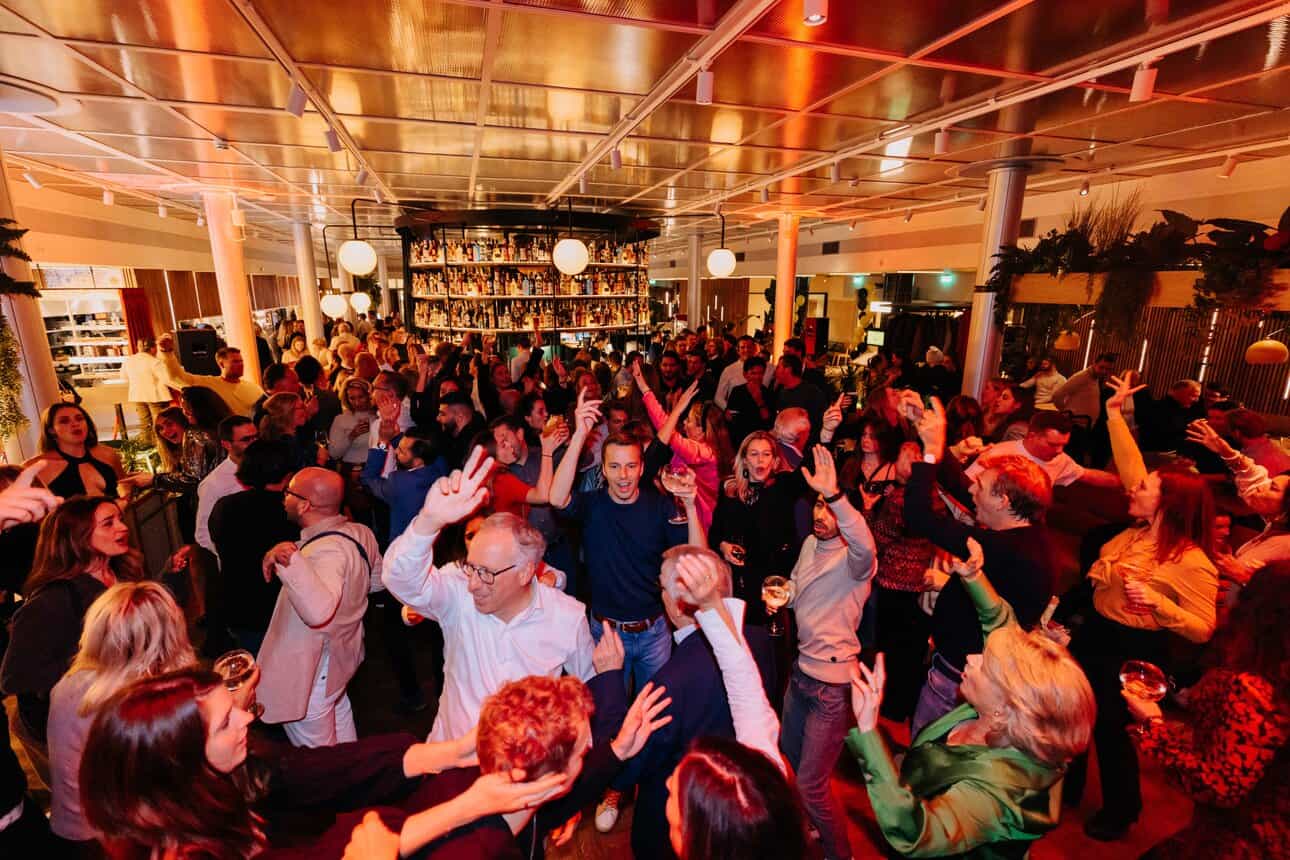ROTTERDAM, 26 March 2025 – The transformation of Rijnhaven into a green and accessible city district has advanced, as Rotterdam’s municipal executive approved several key designs this week for both land-based and floating parks.
Plans approved for Rijnhaven land and floating parks
On 25 March, Rotterdam’s municipal executive (College van B&W) approved final and preliminary designs for new public parks in the Rijnhaven area. The decision marks a significant step in turning the former harbour basin into a mixed green space, with both terrestrial and floating components.
Land-based Rijnhavenpark to open in 2028
The final design for the land-based Rijnhavenpark has been completed. This future public park is intended to serve as a multifunctional space for relaxation, sports, play and cultural events. The green zone will play a role in combating heat stress, supporting mental well-being, and improving biodiversity in an increasingly dense cityscape.
Construction will commence once infill and ground consolidation work in the harbour has been completed, which is expected by mid-2027. The first phase of the park, including walking paths and a small beach, is scheduled to open to the public in 2028. Landscaping and planting will follow in 2029, after the soil has matured.
Expansion of Wilhelminapier floating park
Since summer 2022, a section of the floating park has been in use near Wilhelminapier, adjacent to the Floating Office Rotterdam. A preliminary design has now been drafted for its extension, which will span 300 metres and reach the Nieuwe Luxor Theatre.
Further development is planned for this year, with the final design expected by mid-2026. Construction is scheduled to begin before the end of that year, with completion aimed for late 2027.
Katendrecht floating park to be shaped with public input
On the opposite bank in Katendrecht, a floating park with a distinct character is being planned. Initial sketches have been prepared, and local residents are being invited to participate in shaping its layout and use.
In June, the municipality will host walk-in sessions at the “Rijnhavenkeet” to collect ideas from the public for the park’s programme of requirements (Programma van Eisen). The aim is to finalise the preliminary design by the end of 2025.
Chantal Zeegers, alderman for Climate, Construction and Housing, stated:
“The floating parks at Wilhelminapier and Katendrecht reflect what Rotterdam stands for: courage, innovation and collaboration. We are literally making space on the water for greenery and recreation — and we are doing it together with residents.”
The floating parks will offer opportunities for recreation in and around the water, surrounded by vegetation placed on pontoons and floating structures. Access points will also be included for swimming and stand-up paddleboarding (SUP).
Location and directions
Rijnhaven is situated between the Wilhelminapier and Katendrecht neighbourhoods in Rotterdam South. The area is easily accessible via metro station Rijnhaven (line D and E), tram lines 20, 23 and 25, as well as by bicycle and on foot. The site is located near cultural landmarks such as the Nieuwe Luxor Theatre and the Fenix Food Factory.

